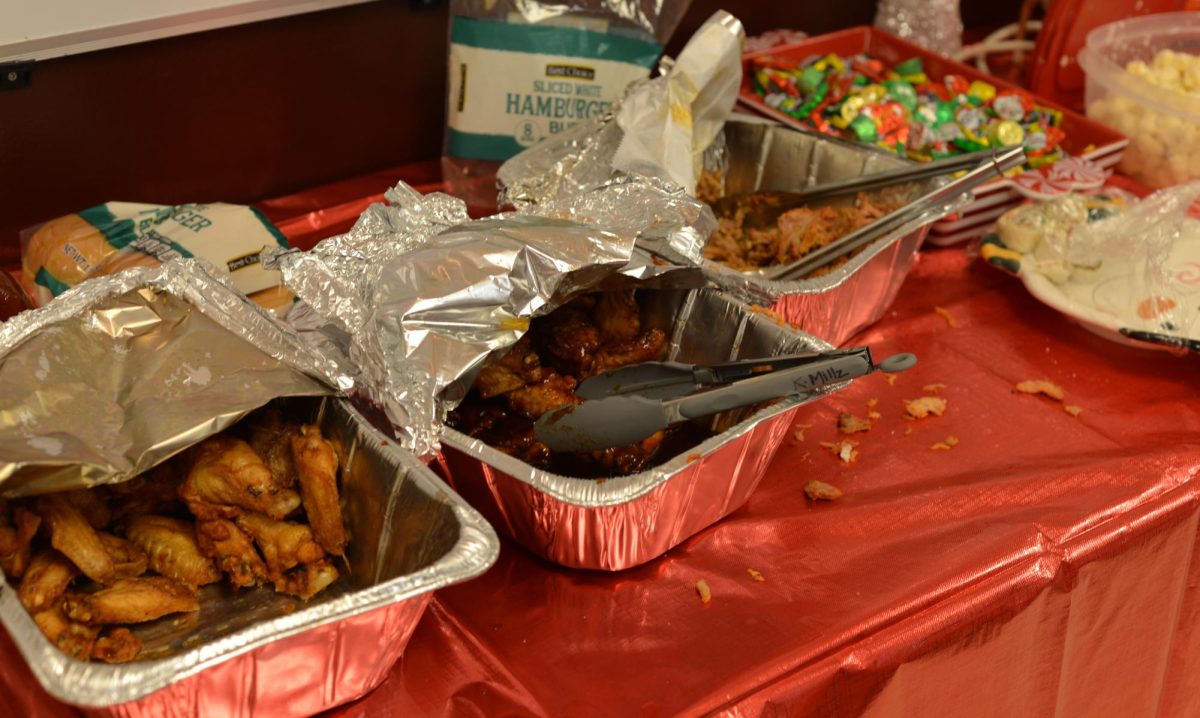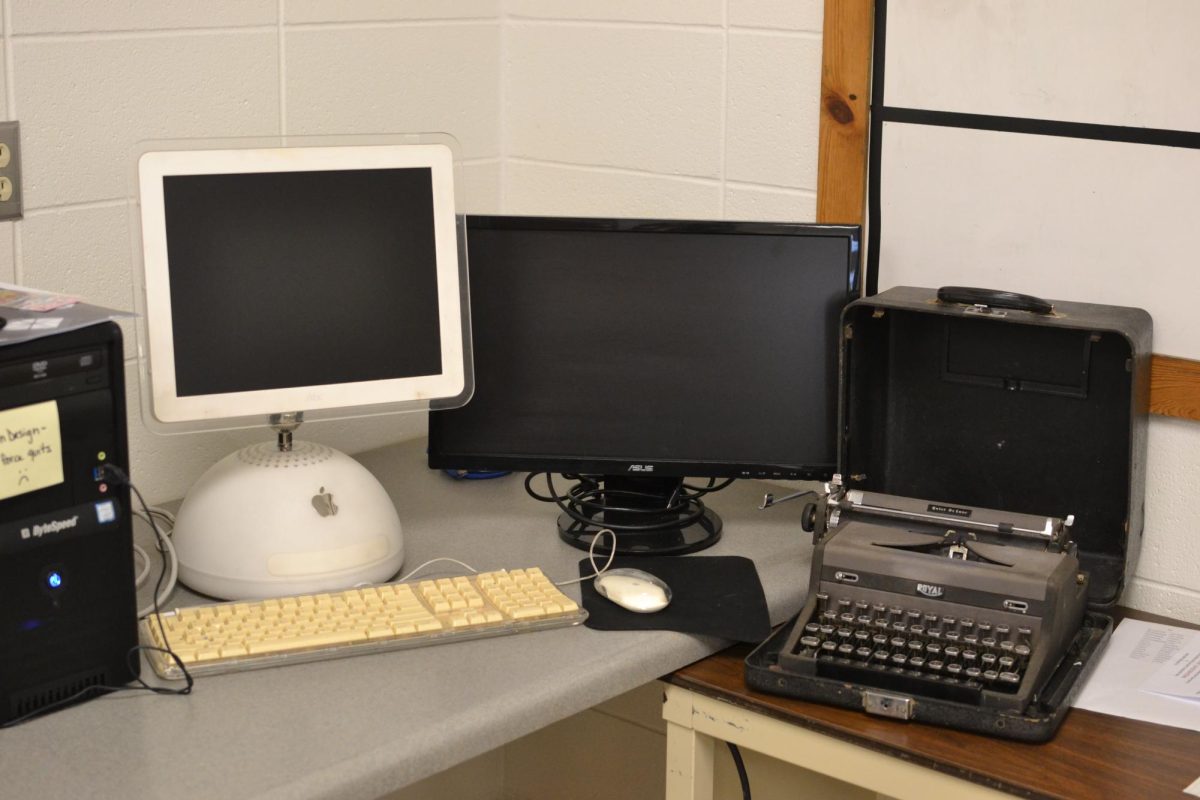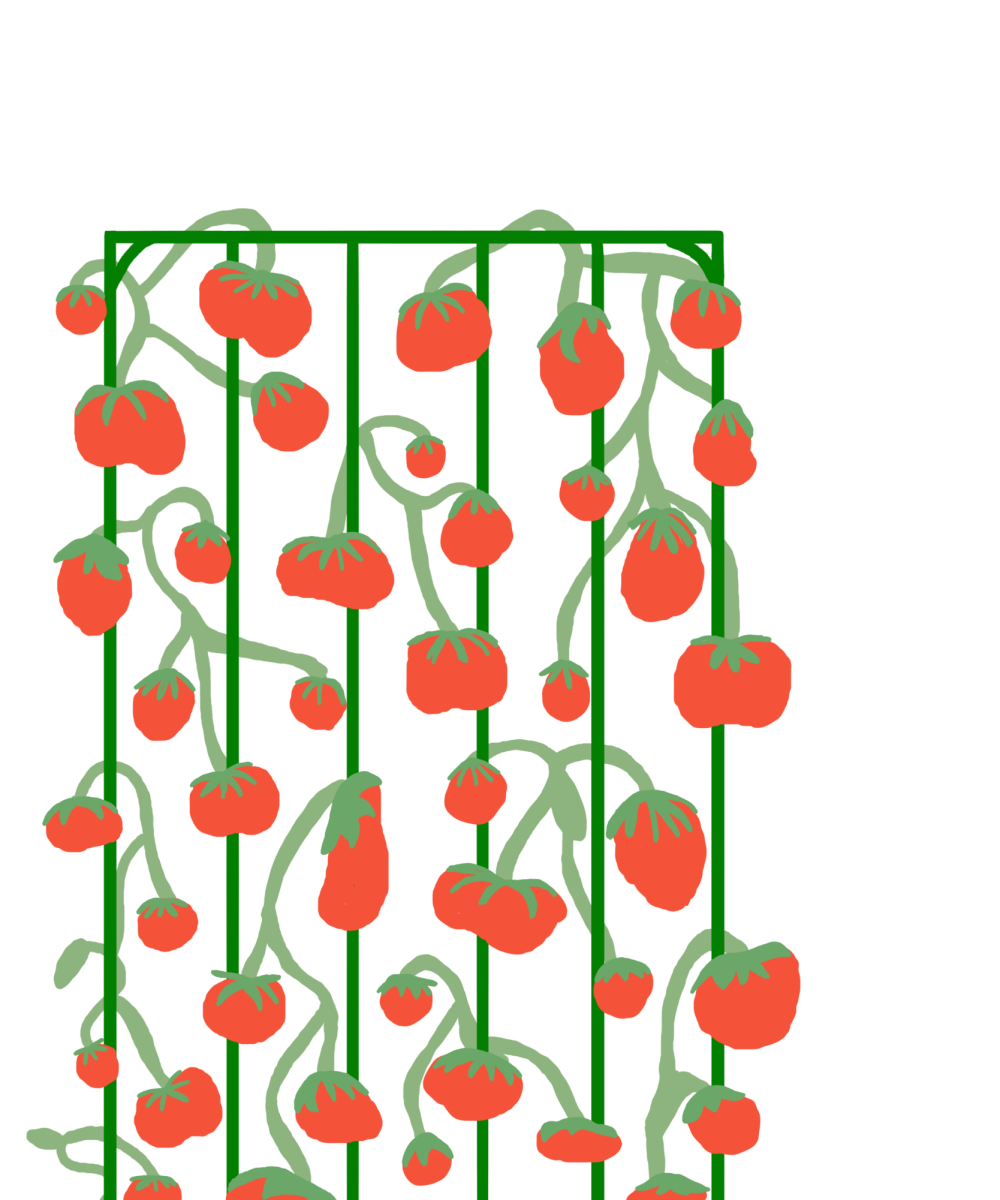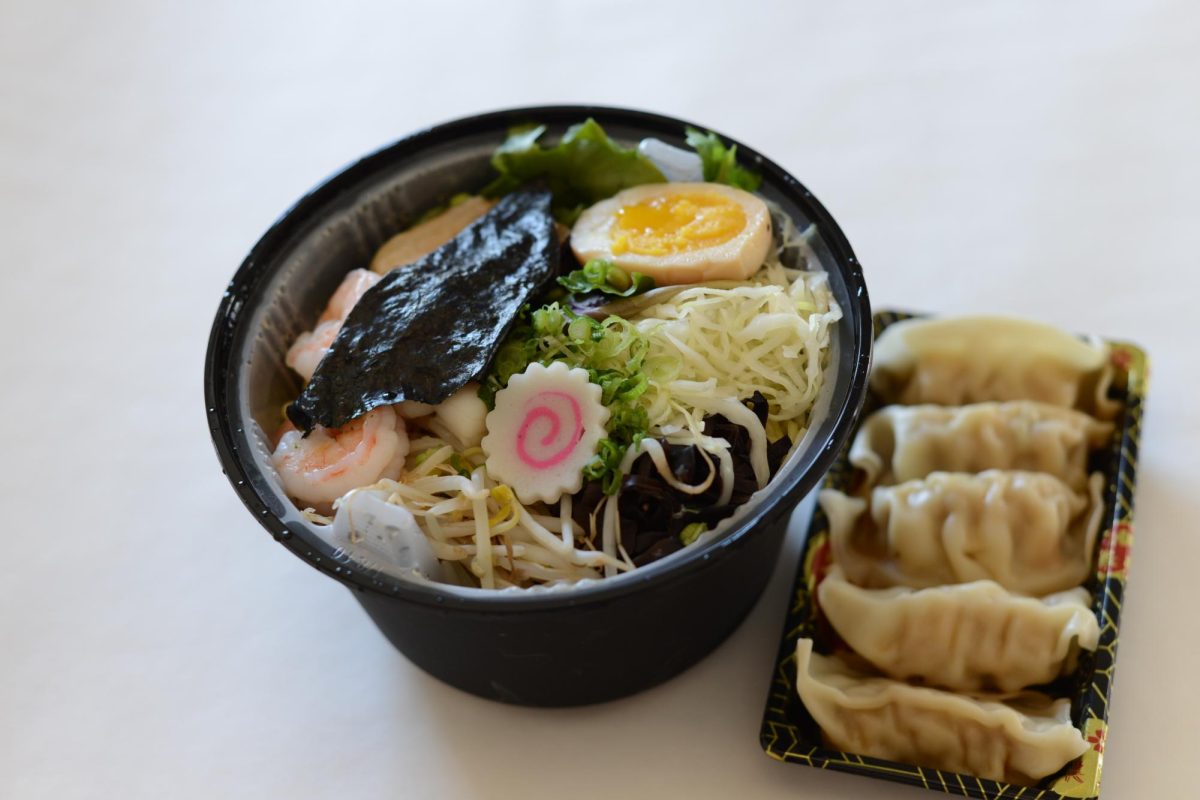Sitting around the table on Thanksgiving Day, you look around at the plethora of dishes and cuisines, but how much of that ever gets eaten? How much of your beautiful Thanksgiving dinner gets thrown out because you can’t eat any more food, and what happens to that food after you throw it out? According to the University of Minnesota, an estimated 305 million pounds of food get wasted every year from Thanksgiving dinner alone. That is about the same weight as 87,000 vehicles. According to the same source, food waste isn’t a problem in America just around Thanksgiving; on average an American family wastes around 1,160 pounds of food in a single year. It’s an American ideal to take pride in our past as a resourceful nation that worked our way through hard times. We should be able to look at the immense amount of food wasted during the holidays and take the responsibility of doing something about it. During Thanksgiving, many families decide to feast with extended family and friends.
Though many people end up cooking their Thanksgiving meals at home, roughly half plan to eat a Thanksgiving meal at someone else’s house which can lead to less food waste since there will be more people to eat the food instead of just one family. Eating at someone’s house also allows any leftover food to be distributed between multiple households.
If we could save all the food we waste on Thanksgiving Day, we could have enough food to last every person in the United States an entire weekend. There has to be better alternatives than throwing away all of your leftover Thanksgiving meal. Junior Jaden Midas and his family attempt to store their Thanksgiving leftovers for later.
“My family usually makes a lot of food for Thanksgiving, but we only ever eat as much as we would with a normal dinner,” said Midas. “We usually end up storing a lot of the leftover food.”
Saving your food by putting it in containers and storing it allows you to save most of the leftover food for a significant amount of time, although eventually the food in the storage will still go bad. Even though this leaves people with a lot less wasted food than before, a fair amount of food is still being thrown out, so a better way to save waste is to limit the amount of food you buy to begin with.
“If we do buy our own stuff to make dinner we only try to buy just enough for us to eat,” said freshman Chalon Hines.
Attempting to buy only the amount of food you plan to eat seems like the obvious choice and the easiest way to save and reduce food waste. Buying less food by only getting the bare minimum amount of food that you need allows you to save not just food waste but also some money.
Putting your leftover food into new meals allows the leftover food to be saved, and put to good use. If you don’t know how to cook, this is a great idea since you can mix the already prepared food for some interesting meals. Other than these ideas, you can always take uneaten and still frozen leftovers to food banks, and donate the leftover food to charity and let your leftover foods go to a better cause and not be wasted.
“Sometimes we try to use the leftover foods and put them into different meals on days after Thanksgiving,” said Midas. “You can put leftover vegetables into something like a soup.”
During the holidays food waste is a large issue that needs to be dealt with. Although families attempt to eat as much as they can there will always be an abundance of leftovers for us to deal with. It is our responsibility to try and keep food waste down during the holiday season.
“I think that preventing food waste is an important thing that needs to be taken into our own hands and is a responsibility for us to handle,” said Midas.










